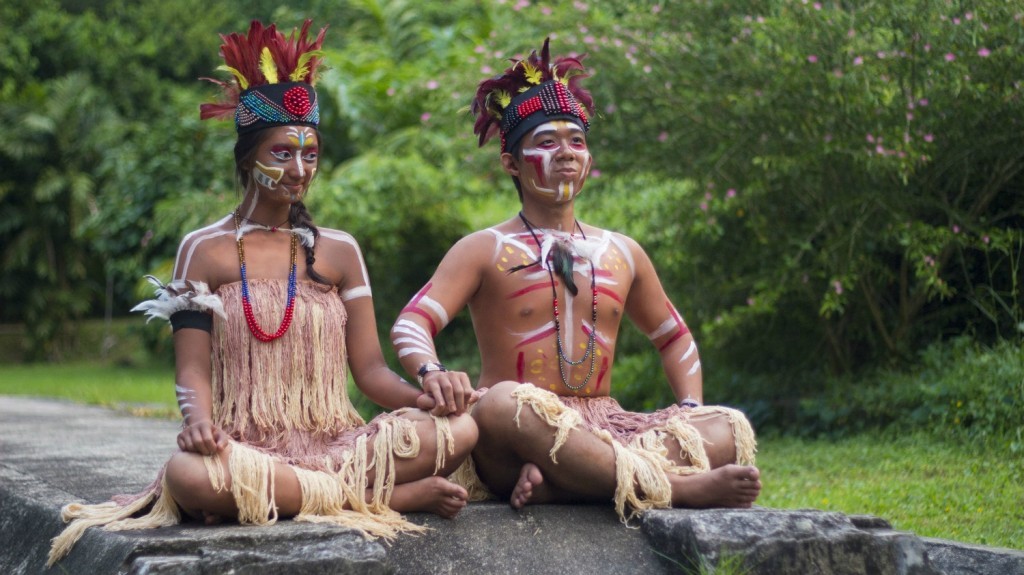It’s not easy to plan and conceptualise a theatre production, let alone one that centers on a culture that is not well known. Add to that the task of running a wholly student-run production involving 122 students, and you get NUANSA 2015: Flowers of Asmat.
Launched in 2008, NUANSA is an annual arts and cultural production organised by a group of Indonesian students in PINUS, with the aim of showcasing the richness and diversity of Indonesian culture.
With less than a week before NUANSA 2015, our writer Ignatius Albert gives us an exclusive access to their rehearsal to find out more about the story behind the play.
A brave new world: The Papuan culture
Adapted from the novel Namaku Teweraut by the late Ani Sekarningsih, Flowers of Asmat depicts the perennial conflict between continuity and change: stick to the status quo of long-held traditions, or embrace change and all the risks that come with it? It’s a recurring debate that holds true for all societies – even Singapore, as portrayed in recent films.
The main challenge faced by the production team was to portray the Papuan culture accurately. Throughout its eight-year history, NUANSA plays have usually centered around Javanese culture, such as The Priyayi in 2014, which focused on the Javanese noble class. This year, however, the writers behind the production decided to venture into lesser-known territory – the Papuan culture.
During the rehearsal, writers Cathlin and Amalina Hendra shared that many Indonesian students themselves were unfamiliar with the culture of the largest and easternmost province of Indonesia. “Papua is quite distinct from other Indonesian cultures, so it is a challenge and an opportunity for us to learn a new culture,” said Amalina.
Unfamiliarity: Both boon and bane
To better understand the Papuan culture, the team carried out vigorous research. Yet this process was fraught with difficulties – when the team conducted an interview with a native from Papua, they quickly realised that he did not hail from the Asmat tribe, which was the main focus of their play. There are over a hundred tribes in Papua province alone, which meant that the man could not be of much help.
The lack of public awareness on Papuan culture also left the production team scratching their heads when it came to designing the sets and tribal kits. Wardrobe Department Head Stephanie Mahasin shared, “It is quite difficult sourcing the costumes as Papuan tribal attire is rather uncommon. We tried producing the costumes from grass as well as hay, but they were not very suitable either.”
Nonetheless, this lack of familiarity with Papuan culture turned out to work in NUANSA’s favour. External Affairs Division Head’s Athletea Widjaja highlighted how the Papuan use of striking face and body paint stood out in their trailers, which helped spark the curiosity and interest of viewers.
The “family” connection
Another key aspect of NUANSA 2015 is the unmistakable continuity and connection involving both new and old production members. The family-like atmosphere drew many junior members who joined in their freshman year to take on leadership positions in following years, thus bringing with them a wealth of experience. For instance, Production Head Dominico began as an Assistant Stage Manager two years ago before becoming the Head Stage Manager in 2014.
In fact, all the production heads I spoke to proudly pointed out how their seniors had been a great source of advice. Athletea remembered the frequent meetings with her seniors from the External Affairs Division, who gave her feedback on the do’s and don’ts of her work. Past artistic directors also visited the training sessions, including the rehearsal that this writer attended. The 2015 team say the comments from these “elders” have certainly helped them minimise mistakes and save time as they prepare for their show.





